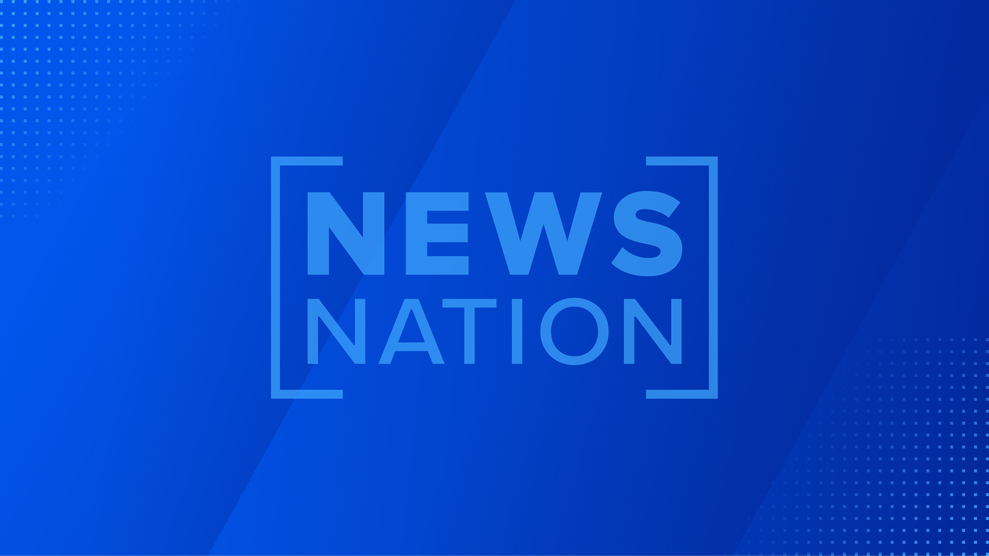(NewsNation) — Inflation accelerated faster than expected in January, a sign the Federal Reserve will delay further interest rate cuts as price pressures remain sticky.
The consumer price index increased 3% in January from a year ago, according to new data from the Labor Department. It’s the fourth consecutive increase in the annual inflation rate since September, when it fell to 2.4%.
“We are now in riskiest period for inflation policy since the early Biden Administration,” famed economist and former Treasury Secretary Larry Summers wrote on X.
The latest rise in consumer prices hit Americans where they feel it most: food and shelter, both of which got more expensive in January.
“Progress on consumer inflation has stalled, and we’re all paying the price,” Elizabeth Renter, senior economist at NerdWallet, said in a note.
Here’s what Wednesday’s inflation report means for your wallet and how it could impact the Fed’s next interest rate decision.
What costs more?
Here’s which prices are up compared with a year ago:
- Eggs: +53.0%
- Car Insurance: +11.8%
- Airfare: +7.1%
- Shelter: +4.4%
Grocery prices rise as “egg-flation” continues
Grocery prices surged 0.5% just in January, driven higher by a 15.2% jump in egg prices.
Over the past year, egg prices have risen 53% as an ongoing bird flu outbreak continues to create a strain on supply.
“Egg-flation” is so out of control that budget-friendly chain Waffle House has added a $0.50 per egg surcharge to all of its menus. Grocers like Costco and Trader Joe’s have also taken action, limiting the number of cartons customers can buy.
Summers warned that egg inflation is “a harbinger of more things to come in an economy being mismanaged.”
Getting around is more expensive
The cost of getting from Point A to Point B continues to rise. Car insurance prices increased again last month, up 2% from the month prior and 11.8% from a year earlier.
Airfare was also more expensive, up 1.2% from the month before and 7% higher than January 2024.
Gregory Daco, chief economist at EY, was optimistic in a note, suggesting those gains won’t be as hot in February.
Daco said the month-over-month car insurance increase “more likely reflects a January policy reset than a new trend.”
What costs less?
Here’s which prices are down compared with a year ago:
- Appliances: -4.2%
- Furniture and bedding: -2.6%
- Frozen fruits and vegetables: -2.5%
- Sports equipment: -2.5%
Some retail categories are more affordable compared to a year ago. Prices for home goods like furniture and bedding are down 2.6% over the past year. Appliance prices are down 4.2% from a year ago.
Part of that is because pandemic-era supply chain issues have mostly been resolved. Lower demand due to elevated mortgage rates could also explain the decline.
However, the relief could be short-lived if President Donald Trump’s tariffs had the impact economists expected.
Trump’s 25% tariffs on steel and aluminum could push the cost of cars, appliances and industrial machinery higher.
What about housing costs?
Shelter costs continue to be one of the biggest drivers of inflation, rising 0.4% on the month and accounting for roughly 30% of the overall increase, BLS said.
The annual numbers paint a slightly better picture. The shelter index was up 4.4% in January compared with a year earlier, marking the smallest 12-month increase since January 2022.
Still, the latest inflation data is mostly bad news for potential homebuyers. The average 30-year fixed mortgage rate is currently around 7%, and Wednesday’s hotter-than-expected CPI report means the Federal Reserve will be more cautious about cutting interest rates.
“This will delay any rate cuts by the Fed this year until there are clear signs that either inflation is trending toward 2% or the economy begins to face net job losses,” Lawrence Yun, chief economist at the National Association of Realtors (NAR), said in a statement.
Yun did offer one reason for hope.
“Perhaps some temporary oversupply in new apartment units will help restrain this component in the coming months and ultimately lead to lower inflation — and, importantly, lower mortgage rates,” he said.
Keep in mind: due to how it’s measured, shelter inflation is a lagging indicator, meaning changes in housing costs can take up to six months, or longer, to show up in monthly CPI data.
How will this affect interest rates?
Americans have been waiting patiently for the Fed to slash interest rates further — which would reduce the cost of borrowing — but the latest report means they’ll probably have to wait longer.
“Just like consumers, the Federal Reserve wants to see further cooling of inflation. It is hard to make the case for a rate cut at this point,” Mark Hamrick, Bankrate’s senior economic analyst, said in a statement.
Harvard economist Jason Furman said Wednesday’s data means the Fed’s rate cuts are now on “an indefinite hold,” adding that there’s no cause to slash rates unless the labor market weakens.
Rick Rieder, Blackrock’s chief investment officer of global fixed income, went even further.
“Today’s Core CPI data reinforces our view that the Fed will not be cutting interest rates further this year,” Rieder wrote on X.
For consumers, that means interest rates on car loans, credit cards and mortgages are unlikely to fall anytime soon.
The Fed will make its next rate cut decision at its meeting in March.
